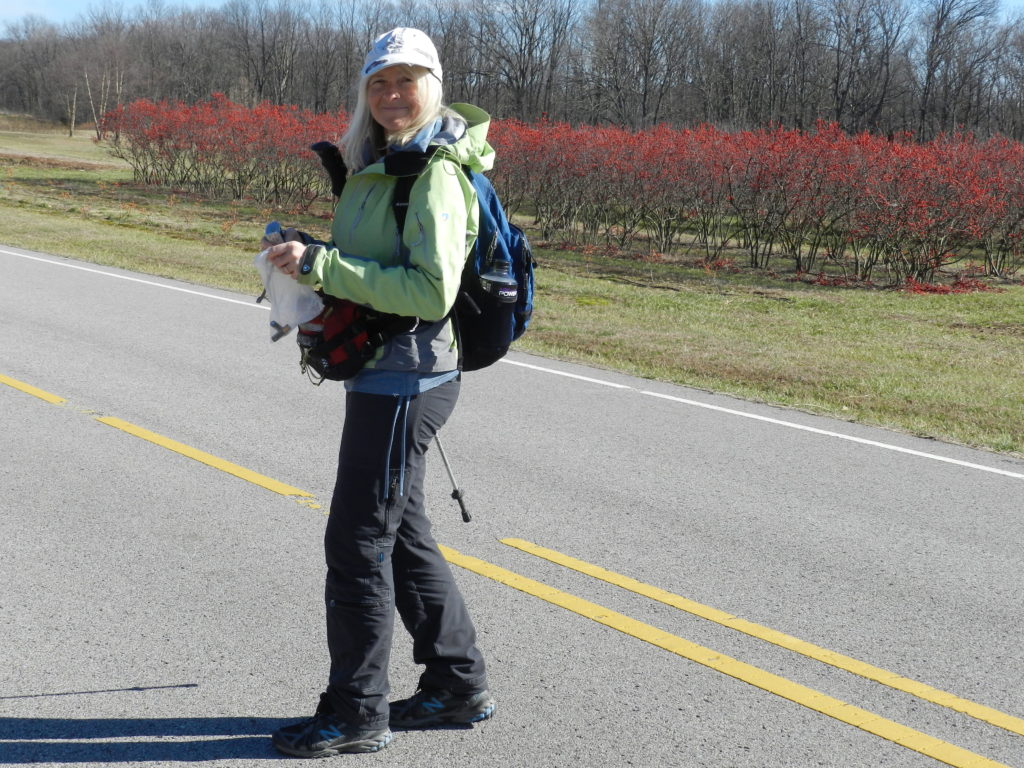I observed four different stages for Alzheimer’s in our experiences, each corresponding to a different type of decline. There is tremendous overlap as one type of decline continues into the next but, at least for Cindy, their onset followed this order: behavioral, cognitive, physical and emotional. A variety of organizations categorize these stages differently, some include substages, but my categories hold a practical value for caregivers.
Cindy’s handling of the stress in her life began her behavioral decline. Official typologies refer to this as the preclinical or precognitive decline stage, not a true decline so much as a warning signal of the imminent decline to come. Cindy first became anxious due to stress, not unusual and perhaps not worthy of suspicion. Call this “substage one” if you’d like.
“Substage one” was followed by a period when Cindy seemed to ignore the stressful events that must have been causing her at least some anxiety. That substage was followed by an opposite response to stress when Cindy became fatalistic, had a hard time seeing the light at the end of the tunnel. For Cindy that indeed was a change in behavior that should have sent warning signals, had I been more informed or aware at the time.
The important thing about the cognitive decline stage, prelude to any physical decline, is that the decline can be reversed. Let me reiterate a previous claim: the “first Alzheimer’s survivor” already existed, though acknowledging that would not help fundraising. There are studies involving autopsies confirming this, but I have my own anecdotal evidence. Cindy’s cognitive decline was reversed as we walked 5,000 miles across the country in 2011-2012.
Unfortunately, the beginning of physical decline appears to be the tipping point for when dementia no longer can be reversed. After our first journey Cindy’s cognitive decline resumed. When we started hiking the Pacific Crest Trail in 2014 she was further along in her decline than at the beginning of our American Discovery Trail journey. Still, we were hopeful. Cindy proclaimed to two women hikers we met early on that hiking was going to make her better again. Yet from the start of our journey her physical decline was evident, first in her balance, then in all other aspects. Her cognitive decline continued as well despite all the known health benefits from hiking many hours each day.
I make no guarantees from this anecdotal evidence, but the beginning of cognitive and physical declines are two easily identifiable measuring sticks. Between these two measuring sticks may lie the window of opportunity to reverse cognitive decline. The task then is to become vigilant in living well before the period of physical decline begins. I encourage everyone to do their own research into this, but I have made clear by now that the key to living well is the “SPA treatment:” be Social, be Positive, be Active, in addition to getting abundant outdoor exercise. Unfortunately, our particular society makes this protocol more difficult than maintaining a strict diet for many, but awareness is the first step.
I refer to “sundowning” as emotional decline. When agencies call before sending a companion they ask about Cindy’s “sundowning.” Their concern stems from what emotional decline often entails for people with dementia: becoming increasingly apprehensive, agitated or angry. For fortunate caregivers such as myself these particular emotions do not surface, instead our loved ones skip ahead to a fog clouding their minds with increasing intensity and duration.
Why do some patients skip the emotional decline of apprehension, agitation or anger? I suspect that what happens before the beginning of emotional decline plays an important role. The onset of physical decline may signal a tipping point has been reached for brain health, but not their emotional state.
The onset of physical decline can be tough on a caregiver in many ways. For me personally, Cindy’s physical decline induced more heartache than her cognitive decline, perhaps because our partnership revolved so much around being physically active. Yet this provides all the more reason to call upon joy to infuse the time left together, not only for coping with the present moment, but also as an investment into the final stage of decline when your loved one slips ever further into a fog.
Cindy does not respond to much these days, but she still responds to being outdoors, she still responds to hugs, she still responds to the genuine mirth she perceives in others. If we do our best to maintain joy even during the emotional decline perhaps we increase the chance of leaving this world with peace and joy at the end. At least that is my hope.
I thought about this as well during my trail run, the maintenance of joy in the face of adversity. To this day, late in Cindy’s emotional decline, I milk the hugs and mirth for all their potential to bring joy. I would give anything for joy to accompany Cindy in her passing.


“I would give anything for joy to accompany Cindy in her passing.” Amen!
You are an amazing caregiver, Kirk. You bring joy to Cindy every moment, despite how you may really feel. Blessings on you both as you journey on.
Thanks, Liz. Serena will be home for the next few days.
So sorry to understand the trials you and your family are having.
Haven’t connected in years.
I send blessings and my best to you.
Xxoo
Betsy
Thank you Betsy. I believe you know my niece Melanie and nephew Kirk.